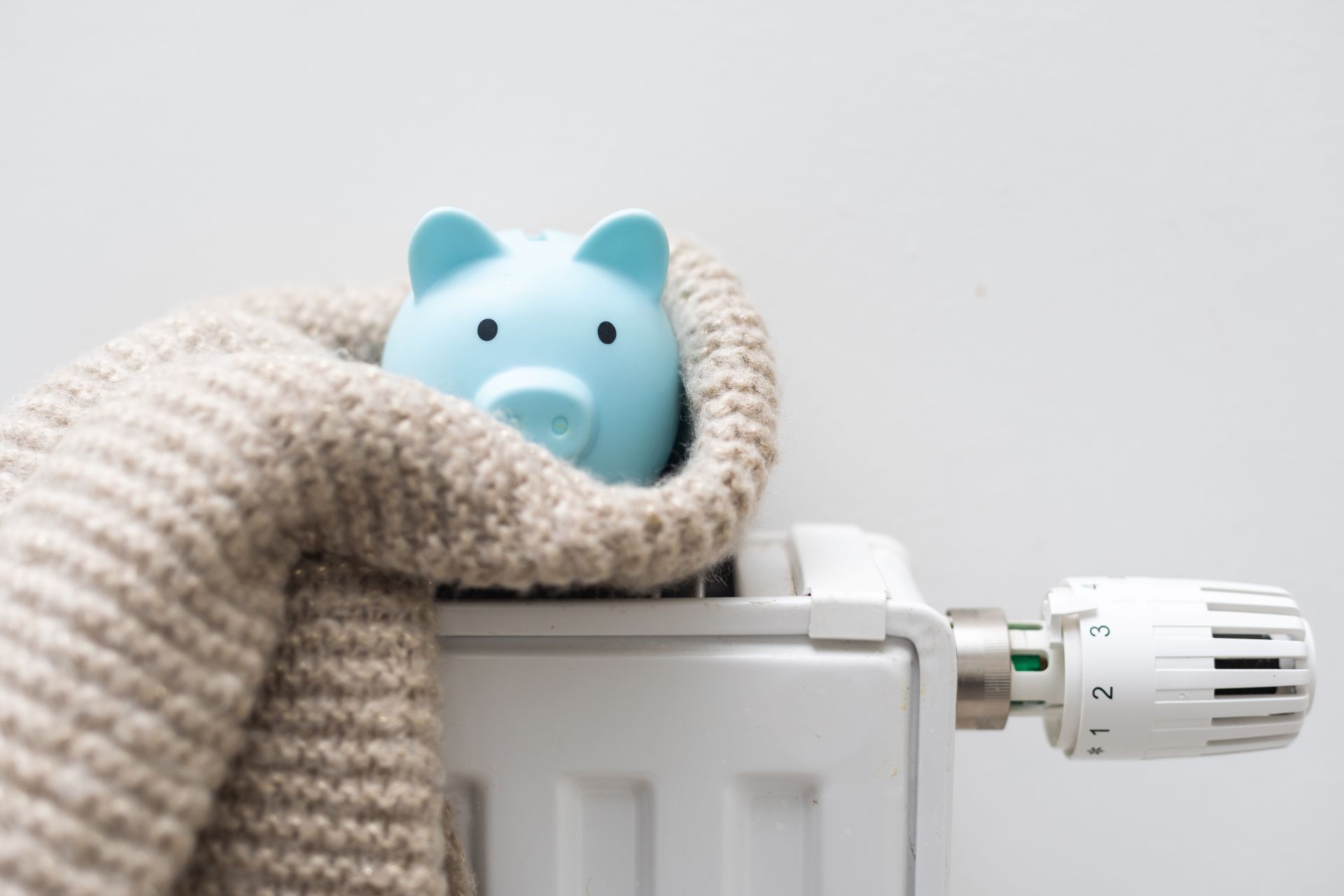Understanding Communal Heating
In recent years, communal or district heating networks have become increasingly common in UK residential developments, particularly in urban areas. While these systems promise efficiency and environmental benefits, many residents find themselves grappling with unexpected costs and complex billing arrangements. This comprehensive guide will help you understand how communal heating works and what it means for your wallet.

What Is a District Heating Network?
A district heating network, also known as communal heating, is a centralised heating system that provides heat and hot water to multiple properties through a network of insulated pipes. Instead of each home having its own boiler, heat is generated at a central location and distributed throughout the building or across multiple buildings in a neighbourhood.
These systems can use various heat sources, including:
- Large-scale gas boilers
- Combined heat and power plants
- Renewable energy sources
- Waste heat from industrial processes
How Does Communal Heating Work?
The system operates on a relatively simple principle: heat is generated at a central plant and distributed via a network of highly insulated pipes carrying hot water or steam. Each connected property has a heat interface unit (HIU) that works like a miniature heat exchange station, transferring heat from the main network to the property’s internal heating and hot water systems.
Modern communal heating systems typically include:
- Individual heat meters to measure consumption
- Temperature controls within each property
- Energy usage monitoring systems
- A building management system for overall control
The Cost Implications: Is Communal Heating Cheaper?
Contrary to what many might expect, communal heating isn’t always the more economical option. Recent research has shown that households connected to district heat networks often pay significantly more for their heating than those with individual gas boilers. In fact, some residents are paying up to double the amount they would with a conventional heating system.
Several factors contribute to these higher costs:
Commercial Energy Rates
Heat networks are typically classified as commercial rather than domestic customers, meaning they pay commercial energy rates, which can be substantially higher than domestic rates. Currently, commercial energy prices are approximately three times higher than pre-energy crisis levels, while domestic prices have roughly doubled.
Lack of Price Protection
Unlike standard domestic energy customers, residents on communal heating systems aren’t protected by the energy price cap. This means they’re exposed to market volatility and potentially higher prices without the safety net that other consumers enjoy.
System Inefficiencies
Many existing heat networks operate at just 30-40% efficiency, leading to significant heat loss and higher costs for residents. These inefficiencies often result from:
- Aging infrastructure
- Poor insulation
- Suboptimal system design
- Inadequate maintenance
Consumer Protection and Future Reforms
The situation hasn’t gone unnoticed by consumer advocates. Heat Trust, the consumer champion for heat networks, is actively pushing for reforms to protect residents and reduce costs. Their key recommendations include:
Regulatory Changes
- Implementing price regulation for energy used by residential heat networks
- Creating an equivalent to the domestic price cap for heat network customers
- Ensuring security of supply protections for vulnerable residents
Infrastructure Improvements
- Major remediation works to improve system efficiency
- Upgrading aging networks to modern standards
- Better insulation and heat loss prevention
Our Commitment to Treating Customers Fairly
The company demonstrates a strong commitment to treating customers fairly (TCF) through a comprehensive policy aligned with the Financial Conduct Authority’s (FCA) Principle 6. Their approach is built around six core consumer outcomes, ensuring fairness is central to their corporate culture.
The policy emphasizes providing clear information to customers throughout their journey, delivering suitable advice based on individual circumstances, and ensuring products perform as expected.
The company maintains this commitment through various measures, including regular staff training, compliance monitoring, and annual self-assessments. They have specific procedures in place for marketing review, sales advice, post-sale support, and handling of vulnerable customers. Additionally, they produce and review management information reports to assess their performance against TCF principles, demonstrating an ongoing commitment to maintaining high standards of customer service and fair treatment.
Get in touch with Add Heat to evaluate your options.
What Can Residents Do?
If you’re currently on a communal heating system or considering moving to a property with one, here are some important steps to take:
1. Understand Your Rights
- Check if your heat network is registered with Heat Trust
- Review your heating agreement carefully
- Keep records of your bills and usage
2. Monitor Your Usage
- Read your heat meter regularly
- Track your consumption patterns
- Report any unusual spikes in usage
3. Energy Efficiency
- Use your heating controls effectively
- Report any issues promptly
- Consider additional insulation within your property
Looking to the Future
Despite current challenges, district heating networks are expected to play an increasingly important role in the UK’s transition to low-carbon heating. The government’s heat and buildings strategy identifies them as a key technology for decarbonising urban areas.
However, for these systems to deliver on their promise of efficient, affordable heating, significant reforms and improvements are needed. This includes better regulation, infrastructure upgrades, and potentially government support for remediation works.
Until these changes are implemented, residents should stay informed about their rights, monitor their usage carefully, and engage with resident groups and consumer advocates to push for better protection and fair pricing.